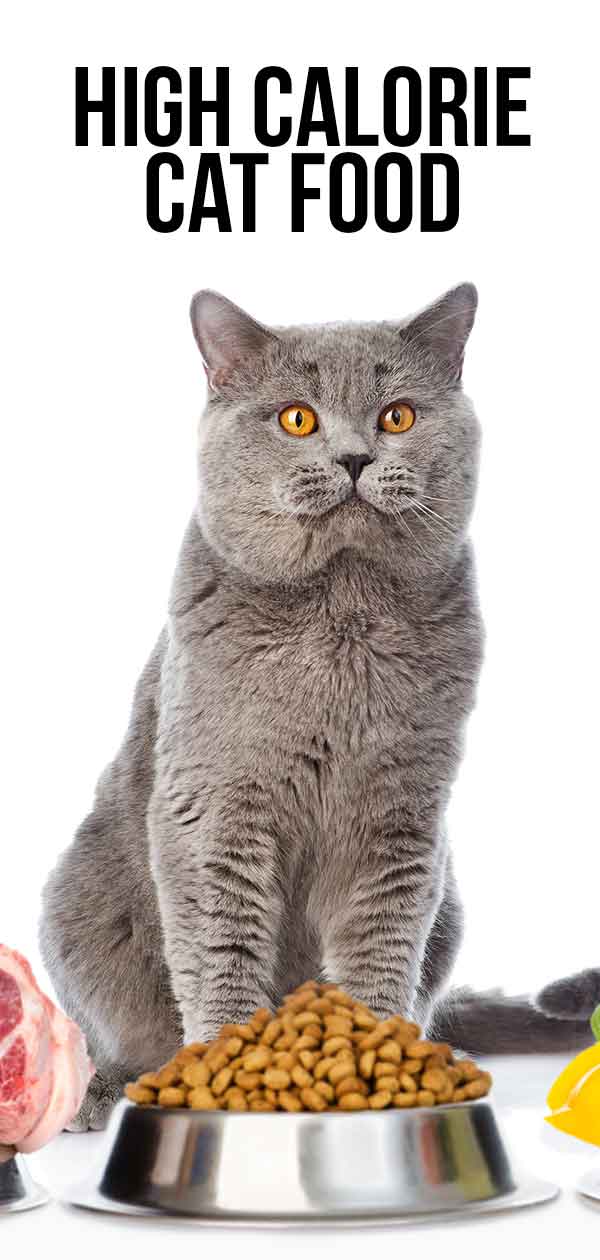
High-Calorie Cat Food for Recovery: A Comprehensive Guide to Helping Your Feline Friend Heal
When your beloved feline companion is recovering from an illness, injury, or surgery, ensuring they receive adequate nutrition is paramount. Cats in a weakened state often experience decreased appetite and difficulty consuming enough calories to support healing and regain strength. This is where high-calorie cat food can play a crucial role in their recovery journey.
Why High-Calorie Cat Food Is Essential for Recovery
-
Increased Energy Needs: The body requires more energy to repair tissues, fight off infections, and rebuild muscle mass during recovery. High-calorie food provides a concentrated source of fuel to meet these elevated energy demands.
-
Counteracting Weight Loss: Illness and injury can lead to rapid weight loss in cats, which can further compromise their immune system and overall health. High-calorie food helps prevent and reverse this weight loss, ensuring the cat maintains a healthy body condition.
-
Boosting Appetite: Cats who are feeling unwell may have a diminished appetite. High-calorie foods are often highly palatable and formulated to entice even the pickiest eaters, encouraging them to consume the calories they need.
-
Supporting Immune Function: Adequate nutrition is essential for a strong immune system. High-calorie food provides the necessary vitamins, minerals, and antioxidants to support immune function and help the cat fight off infections.
-
Facilitating Medication Absorption: Some medications are best absorbed when taken with food. Providing high-calorie food can ensure the cat receives the necessary medication while also benefiting from the nutritional boost.
Understanding High-Calorie Cat Food
High-calorie cat food is specifically formulated to provide a greater number of calories per serving compared to standard cat food. These foods are typically rich in protein and fat, which are the primary sources of energy for cats.
Key Nutritional Components to Look For:
-
High Protein Content: Protein is essential for tissue repair and muscle building. Look for foods with a high percentage of animal-based protein sources, such as chicken, turkey, fish, or beef.
-
High Fat Content: Fat provides a concentrated source of energy and helps improve the palatability of the food. Choose foods with healthy fat sources, such as fish oil, flaxseed oil, or poultry fat.
-
Essential Vitamins and Minerals: Vitamins and minerals play a crucial role in supporting immune function, promoting healing, and maintaining overall health. Ensure the food contains a balanced blend of essential nutrients.
-
Highly Digestible Ingredients: Easily digestible ingredients are essential for cats with compromised digestive systems. Look for foods with high-quality, easily digestible protein and carbohydrate sources.
-
Palatability Enhancers: High-calorie foods often contain palatability enhancers, such as natural flavors or aromatic ingredients, to entice cats to eat.
Types of High-Calorie Cat Food
-
Wet Food: Wet food is often preferred for cats with decreased appetite or difficulty chewing. It is also more hydrating than dry food, which can be beneficial for cats who are dehydrated.
-
Dry Food: Dry food is more calorie-dense than wet food and can be left out for cats to graze on throughout the day. However, it is important to ensure the cat is drinking enough water to stay hydrated.
-
Supplemental Calorie Pastes or Gels: These products are highly palatable and can be easily administered to cats who are reluctant to eat. They provide a concentrated source of calories and essential nutrients.
-
Prescription Diets: Veterinarians may recommend specific prescription diets formulated for cats recovering from illness or surgery. These diets are often highly digestible and contain specific nutrients to support healing.
How to Introduce High-Calorie Cat Food
-
Gradual Transition: Gradually introduce the high-calorie food by mixing it with the cat’s current food. Slowly increase the proportion of the new food over several days to avoid digestive upset.
-
Warm the Food: Warming the food slightly can enhance its aroma and palatability, making it more appealing to the cat.
-
Offer Small, Frequent Meals: Instead of offering one large meal, provide small, frequent meals throughout the day to encourage the cat to eat.
-
Hand-Feeding: If the cat is reluctant to eat on its own, try hand-feeding small amounts of food.
-
Create a Calm and Comfortable Environment: Ensure the cat is eating in a quiet, stress-free environment.
-
Syringe Feeding: In severe cases, syringe feeding may be necessary to ensure the cat receives adequate nutrition. Consult with your veterinarian for guidance on syringe feeding techniques.
Considerations and Potential Risks
-
Digestive Upset: Introducing high-calorie food too quickly can cause digestive upset, such as vomiting or diarrhea.
-
Pancreatitis: In cats with a history of pancreatitis, high-fat foods can exacerbate the condition. Consult with your veterinarian before feeding high-calorie food to a cat with pancreatitis.
-
Obesity: Once the cat has recovered, it is important to gradually transition back to a regular maintenance diet to prevent obesity.
-
Underlying Medical Conditions: High-calorie food may not be appropriate for cats with certain underlying medical conditions, such as diabetes or kidney disease. Consult with your veterinarian to determine the best diet for your cat’s individual needs.
When to Consult a Veterinarian
It is essential to consult with your veterinarian before introducing high-calorie cat food, especially if your cat has any underlying medical conditions or is experiencing a significant loss of appetite. Your veterinarian can help you determine the appropriate type and amount of high-calorie food for your cat’s specific needs and monitor their progress throughout the recovery process.
In Conclusion
High-calorie cat food can be a valuable tool in supporting the recovery of cats from illness, injury, or surgery. By providing a concentrated source of energy and essential nutrients, these foods can help prevent weight loss, boost appetite, and promote healing. However, it is important to introduce high-calorie food gradually and consult with your veterinarian to ensure it is appropriate for your cat’s individual needs. With proper nutrition and care, your feline friend can regain their strength and vitality and return to their happy, healthy selves.

